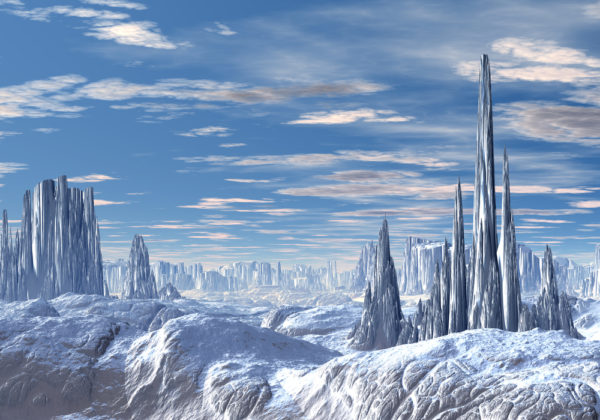
Early Mars may not have been quite the warm, wet paradise scientists have hoped for — not if the valleys scarring its surface work the same way as their counterparts here on Earth do.
That’s the conclusion of new research that tried to suss out what the Red Planet really looked like during its first billion years by analyzing more than 10,000 segments of valleys on Mars. In particular, the scientists were inspired by the look of Devon Island in the Canadian Arctic, which is dry and frigid. According to the new analysis, some Martian valleys may have been formed by a similar process to those lurking below Devon Island’s ice.
“If you look at Earth from a satellite, you see a lot of valleys: some of them made by rivers, some made by glaciers, some made by other processes, and each type has a distinctive shape,” Anna Grau Galofre, lead author of the new research and a geophysicist at Arizona State University, said in a statement released by the University of British Columbia, where she did the research. “Mars is similar, in that valleys look very different from each other, suggesting that many processes were at play to carve them.”


